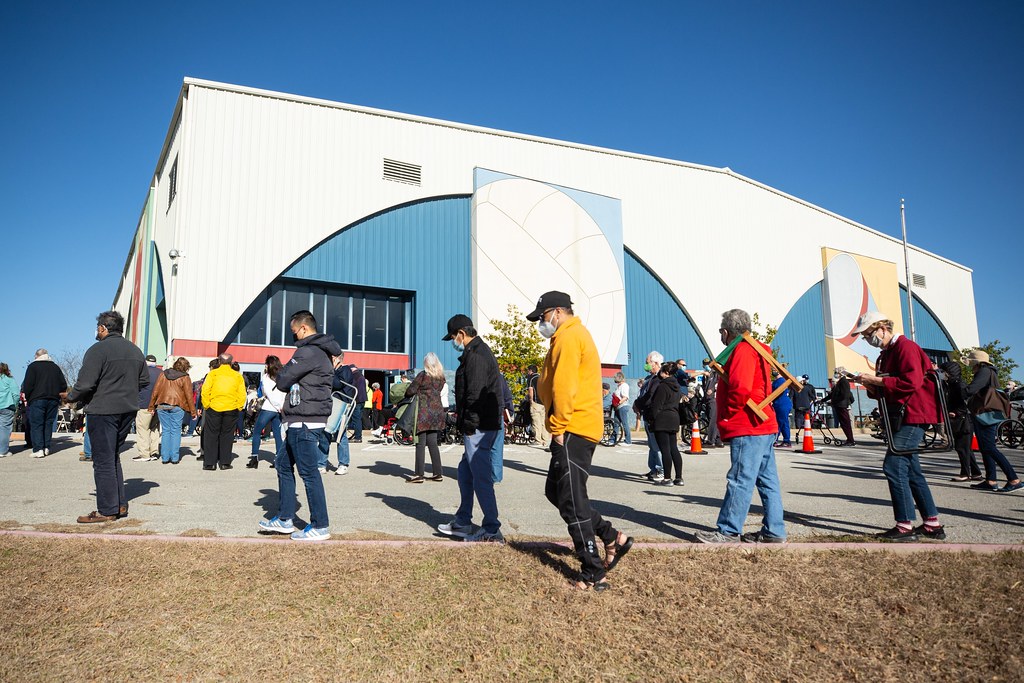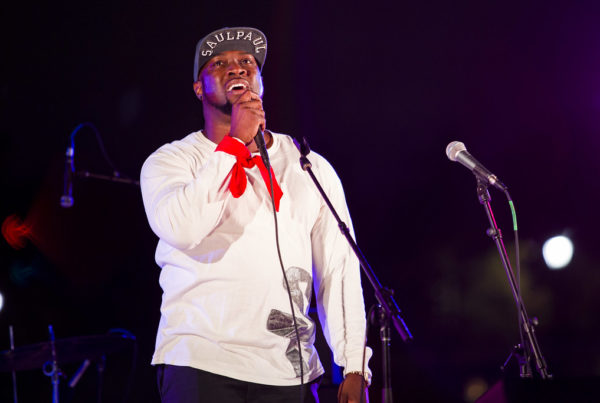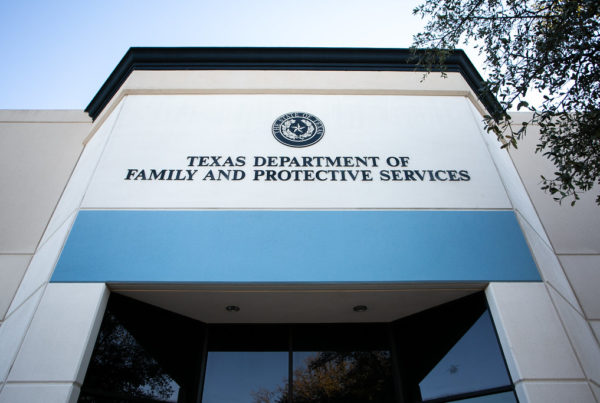New cases and deaths from COVID-19 have declined nationwide as more young Americans are eligible for Pfizer’s COVID-19 vaccine. And on Thursday, the Centers for Disease Control and Prevention announced dramatic changes to its guidelines for face coverings – eliminating the need for them for fully vaccinated people in most situations.
But the pandemic is not over. And there is potential for further surges in cases if people, especially in Southern states like Texas, put off vaccination, says Dr. Peter Hotez. Hotez is an infectious disease specialist based at Houston’s Baylor College of Medicine, and author of a new book on vaccine diplomacy. He spoke with Texas Standard about what Texans still need to do to stay safe, and whether they can expect a return to normalcy in the near future.
On parents getting their young teen vaccinated:
“This B.1.1.7 variant, it’s more aggressive and we’re starting to see a larger, higher percentage of young adults and adolescents hospitalized than we’ve seen previously. So I think having a vaccine available for adolescents is certainly welcome news. I hope the acceptance is high because it’ll make a big difference not only for the health of of adolescents and their families, but also eventually getting schools fully vaccinated. … There’s no reason to wait.”
On getting vaccinated even if you’ve already had COVID-19:
“You’ll get more, higher levels of virus-neutralizing antibody and more durable protection. So you still should still go ahead and get vaccinated. And then there’s this whole laundry list of sort of fake assertions coming from the anti-vaccine movement that it’ll caused fertility or modify your DNA, cause genetically modified humans or that it’s linked to 5G. I mean, the list of craziness goes on. Ignore it.“
On the potential for herd immunity:
“The term has been so heavily abused by extreme-right groups and extreme-right think tanks, saying … that we can achieve herd immunity at some ridiculously low level, like 20% or 40%. … If we can vaccinate a really high percentage of the U.S. population, getting upwards of Israel numbers where more than 50%, 60% is fully immunized, two doses, and getting up to 70[%], then we could be in a position where we can actually slow or interrupt virus transmission.“
On Southern states more at risk for a surge:
“If you remember last year at this time, that was the nadir of our epidemic – that the cases were at their lowest, that we saw that big southern surge across Texas was just so deadly and in the Southern states. So I think we have to be prepared for the possibility we may get another surge in the summer. … It may not be as bad because we do have a substantial number of people vaccinated. But the truth is the Southern states are at the bottom of vaccination coverage.”
On the threat of the UK variant known as B.1.1.7:
“We have the B.1.1.7 variant, which is more aggressive to begin with. So we’re not out of the woods on this epidemic. And so, take it seriously. And anyone in your family who’s eligible to get vaccinated, that’s your biggest priority right now.“
On the possibility of getting back to “normal”:
“Depending on where you live in the country, you’re going to get back to normal faster. So, you know, as Connecticut, Massachusetts and New York and California and New Mexico reach rates that approximate or even exceed Israel – yeah, we’ll get back to something that resembles something pre-pandemic. Except, the only difference is international travel to hot-spot areas; it’s still going to be dicey, and it’s going to be hard for that reason to get a lot of business done with Africa and Latin America. … But other than that, we should have a pretty high quality of life. What I’m more worried about now is the southern states and also Idaho and Wyoming, which are far lagging behind.”
On moving forward with caution:
“We have a lot to be optimistic about. We just have to not do reckless things, and reckless means being defiant of vaccines; that’s a dumb thing to do. And also recognize that there may, even after this, become periods of time where transmission revs up again, maybe next winter, and we may have to put masks back on for a few weeks at a time.”
On the meaning of vaccine “diplomacy”:
“Physicians, scientists, we don’t ordinarily think about war, political collapse, climate change, the rise in the anti-science and how those forces work together in unique and interesting ways. And then the role of vaccine diplomacy is to say, all right, well, vaccines are still the most powerful preventative for these diseases. If we know this is going to be a new reality, what kind of infrastructure do we need to build?”
On global vaccine equity:
“Pretty much all of the vaccines are going to the Northern Hemisphere right now, but it’s not supposed to be that way. We have to promote vaccine equity. The other piece to vaccine diplomacy is countries working together to jointly develop vaccines, even countries that we don’t ideologically always agree with, and how we countries can work together to develop safe and effective and lifesaving technologies.”














